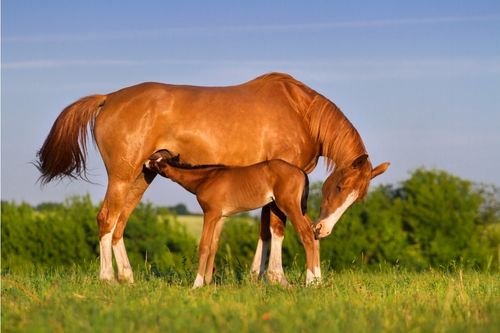By Will Black, Agronomist
Pestivirus is widespread throughout the Australian cattle population. About 70% of herds are actively infected with the virus.
The MLA estimated in 2015 that pestivirus was costing the cattle industry $177M each year.
Infection of susceptible animals can cause a variety of diseases, some not apparent until well after the initial spread of the virus in a herd.
Symptoms indicated due to pestivirus include:
- severe reproductive loss
- ill thrift and diarrhoea
- respiratory disease
- suppression of immune system with increased risk of other diseases
Spread and persistence – this is where it gets a little complex
When an animal comes into contact with pestivirus for the first time, it will be susceptible to the infection.
However, the immune system quickly responds to eliminate the virus by producing antibodies.
If a cow is infected for the first time during the first 3-4 months of pregnancy and the foetus survives the infection, then the foestus will typically become a ‘carrier’ for life. This is because in gestation the foetus accepts the virus as a normal part of itself and sees no reason to produce antibodies against it.
When the foetus is infected after 4 months of gestation, it’s able to produce antibodies and will not become a carrier of the virus.
The cow develops her own immunity and eliminates this virus from her own tissues, regardless of her stage of pregnancy.
The key to the survival of pestivirus in a herd is the infected carrier calf.
Once there are no carrier animals in the herd, the virus dies quickly, as it’s destroyed by sunlight and high temperatures in less than 24 hours.
Identification and diagnosis
Diagnosis of pestivirus requires veterinary assistance.
Clinical signs of pestivirus can vary depending on the strain of virus and time of infection.
Managing perstivirus in your breeding herd
It’s important to know whether you have pestivirus in your herd, but its presence needn’t be a major concern if managed properly.
If pestivirus is diagnosed as a reproductive problem there are three main control measures:
- Identify all carriers in your herd and dispose of them.
- Manage the herd to maximise the likelihood of infection of young heifers well before mating.
- Commence a regular vaccination program.
If you suspect that pestivirus may be present in your herd, we recommend contacting your local veterinarian to arrange further investigation.





